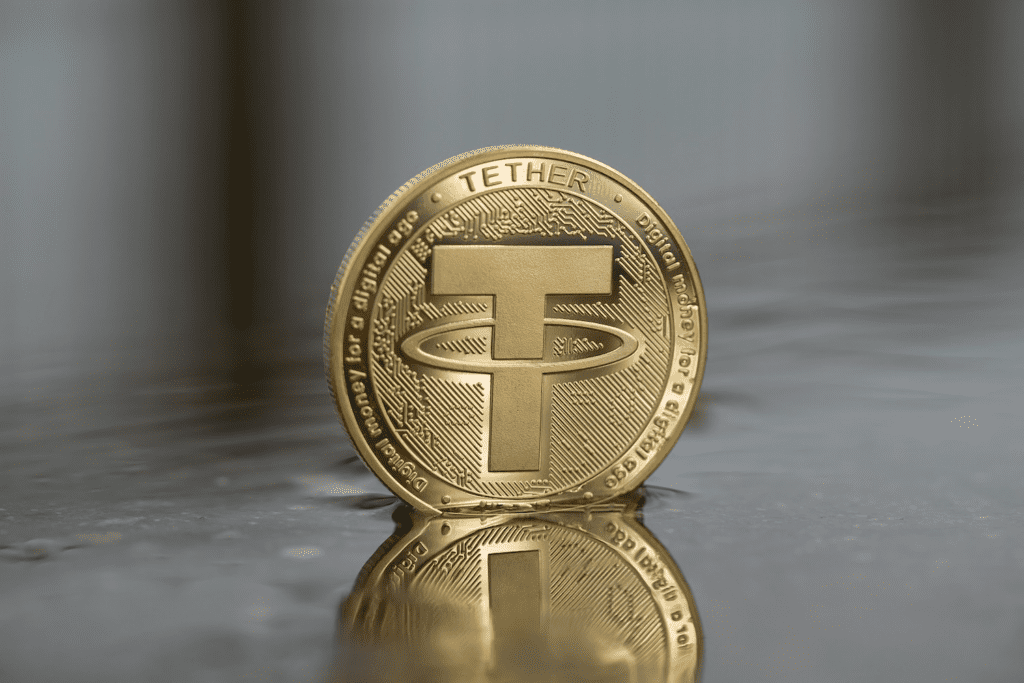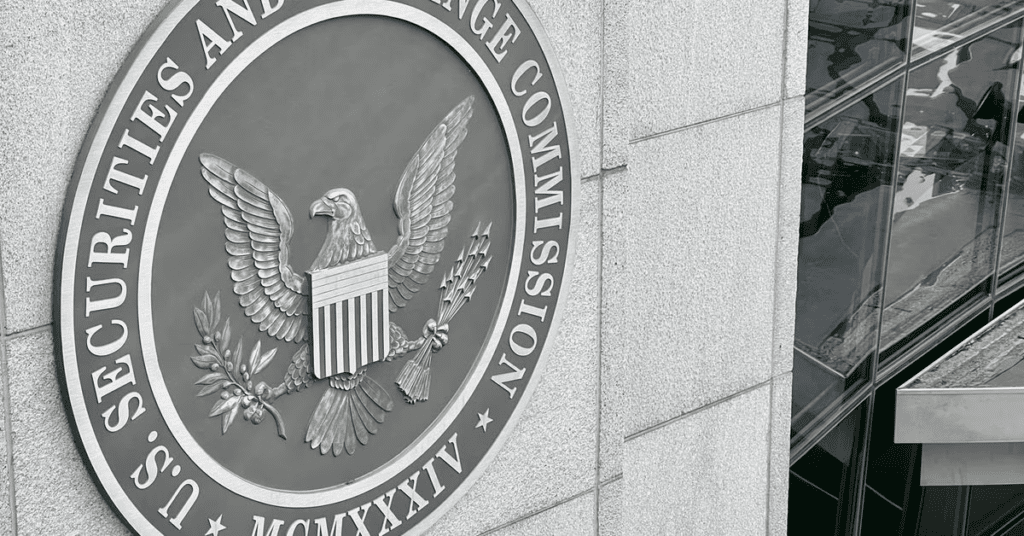Key Points:
- Stablecoin market capitalization has declined for 16 consecutive months, hitting its lowest point at $126.2 billion since August 2021.
- Tether (USDT), the largest stablecoin, showcases record growth, reaching an all-time high market cap of $83.8 billion, accounting for over 65% of the total stablecoin market capitalization.
- Stablecoin trading volume increased by more than 16% due to market volatility triggered by a lawsuit against Coinbase and Binance, while USDC and BUSD experienced slight market cap declines.
The stablecoin market has been experiencing a downward trend in its market capitalization for 16 consecutive months, reaching its lowest point since August 2021 at $126.2 billion.

During this period, the share of stablecoins in the overall cryptocurrency market also slightly declined from 10.5% to 10.3%. However, amidst this slump, Tether (USDT), the largest stablecoin by market cap, has managed to showcase impressive growth.
Tether’s market capitalization reached an all-time high of $83.8 billion, representing over 65% of the total stablecoin market capitalization. This surge in USDT’s market cap dominance has increased its share of the overall crypto market by 7.19%.

While the stablecoin market faces challenges, the trading volume of stablecoins saw a positive upswing, rising by more than 16% compared to the previous month, exceeding $483 billion. This growth in trading volume can be attributed to the market’s increased volatility, triggered by a lawsuit filed by the US Securities and Exchange Commission (SEC) against major cryptocurrency exchanges Coinbase and Binance.
USDC and BUSD, two other significant stablecoins, experienced a decline in market capitalization during the same period, decreasing by 3.0% and 4.6%, respectively.
Stablecoins play a crucial role in the cryptocurrency ecosystem, used by traders to move funds in and out of crypto markets, conduct exchanges between platforms, and provide a haven during times of high volatility. However, the recent rotation of investment from stablecoins to appreciating market leaders like Bitcoin and Ether might explain the decline in stablecoin market capitalization. Investors may be seeking better returns and interest-generating assets, as stablecoins generally maintain a one-to-one ratio with traditional assets, such as the US dollar.

Despite the current decline in the stablecoin sector, some crypto advocates downplay its significance, citing overall light trading volume following last year’s market collapse. As the total value of the cryptocurrency market has surged by approximately 50% this year, reaching around $1.2 trillion, market dynamics are evolving, leading to shifts in investor preferences.
While the stablecoin market experiences fluctuations, Tether’s remarkable growth highlights its resilience and prominence in the crypto space. As the cryptocurrency market continues to evolve, market participants are closely monitoring the trajectory of stablecoins and their impact on the overall market landscape.
DISCLAIMER: The information on this website is provided as general market commentary and does not constitute investment advice. We encourage you to do your own research before investing.






















